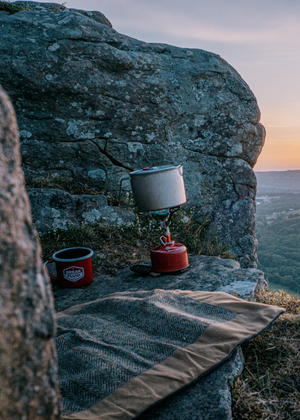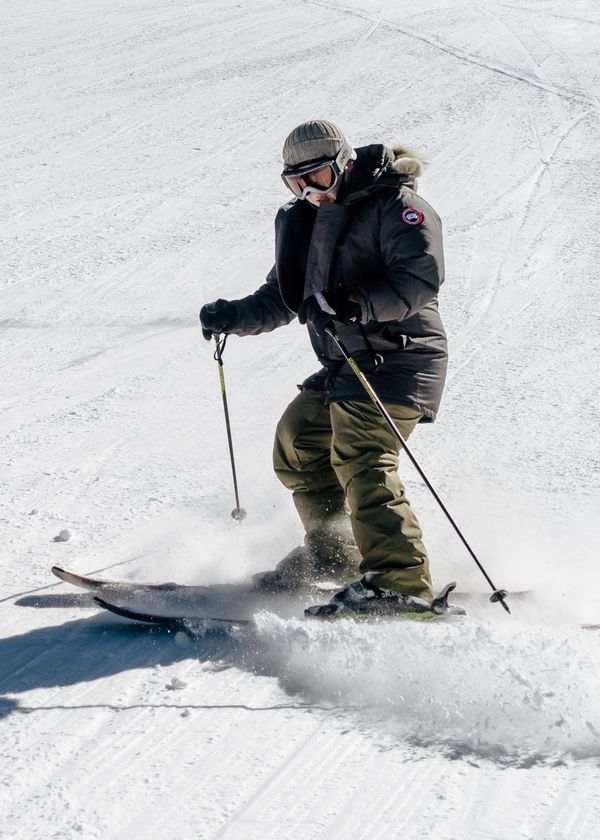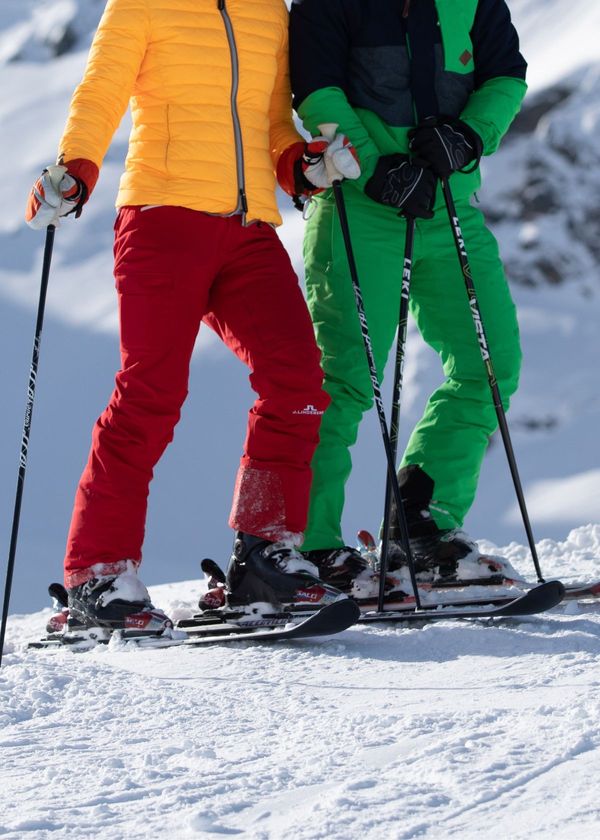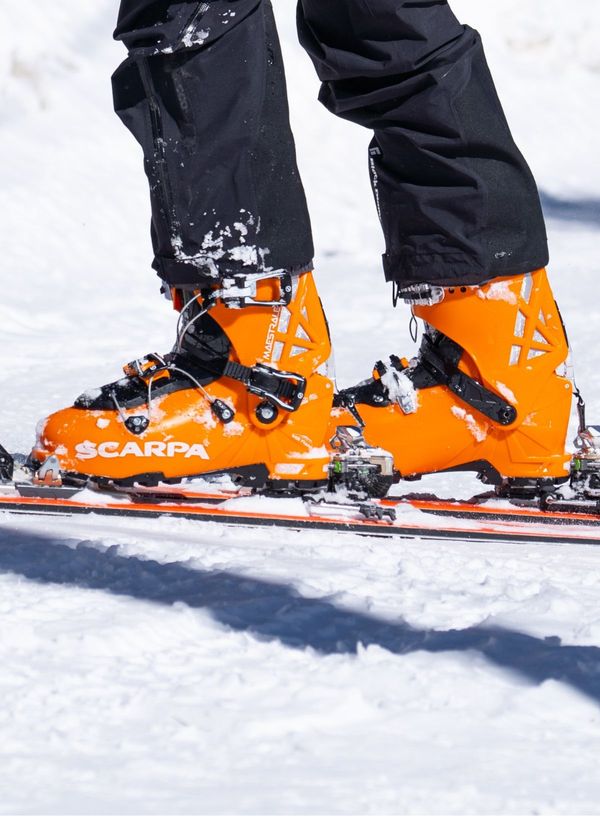Whether you're a seasoned pro or a newbie, proper ski maintenance is essential for optimal performance and safety on the slopes.
One crucial aspect of ski maintenance is waxing. In this article, we'll provide explore the various types of skis and their unique waxing needs along with detailed instructions on how to wax your skis!
Topics covered in this article include:
Why Wax Your Skis
Types of Skis With Recommended Wax
Materials Needed to Wax
How to Wax Your Skis: Step-by-Step Guide
1) Why Wax Your Skis?
Waxing your skis is essential for maintaining optimal performance and safety on the slopes. I am frequently asked - how often to wax skis? After my ski trips, I inspect the skis to see if the bottoms are slick and without nicks, especially if the terrain was a bit icy and wax as needed.
- When you ski, friction between the ski base and snow slows you down. By reducing this friction through waxing, you can glide faster with less effort. This is especially important when skiing downhill, where speed can quickly become dangerous if you lose control.
- Proper waxing also protects your ski base from damage caused by abrasion and oxidation. The base of your skis is made of porous material that can absorb dirt and moisture over time, leading to cracking or drying out. Waxing seals these pores and keeps the base supple, preventing damage caused by rough terrain or harsh weather conditions.
- Finally, regular waxing prolongs the life of your skis by preventing them from drying out and becoming brittle.
2) Types of Skis
Before we dive into the nitty-gritty of waxing, let's take a quick look at the different types of skis, their intended use, and their specific waxing needs.
- Alpine Skis - These are traditional downhill skis used in resorts for carving turns on groomed trails. They require regular hot waxing using a universal or temperature-specific wax.
- Freestyle Skis - These shorter twin-tip skis are designed for tricks and jumps in terrain parks. They need frequent application of cold temp waxes to maintain flexibility and grip; check out cold temp waxes like Hertel Super Hot Sauce.
- Cross Country Skis - These long skinny skis are used for touring in backcountry areas or racing on groomed trails. They require frequent application of klister waxes to grip on icy surfaces; check out klister waxes like Swix Violet Special Hardwax.
- Skate Skis - These narrow lightweight skis are used for cross-country skiing at high speeds on groomed trails with a skating motion. They require frequent application of fluorinated waxes to reduce friction.
3) How to Hot Wax Your Skis: Step-by-Step Guide
Now that you know the different types of skis and their unique waxing requirements let's get down to business!
Materials Needed:
- Ski vises - to secure your skies during the application process;
- Wax iron - used to melt the wax
- Wax scraper - used to remove excess dried was after cooling
- Nylon brush - used to remove remaining bits left after scraping
- Universal or temperature-specific ski wax - depending upon conditions being encountered while skiing
- Rubbing alcohol - used to clean any debris or dirt off the surface as well as removing old waxes.
Here's a step-by-step guide for hot-waxing alpine skis and cross-country skis:
Step 1: Clean your Skis - Use rubbing alcohol to clean the bases thoroughly. This will remove any dirt, debris, or old wax that could interfere with the new application.
Step 2: Set up Vises - Secure your skis onto vises so they don't move while applying hot wax.
Step 3: Heat Up Iron & Apply Wax - Melt the ski wax using an iron set at the recommended temperature based on snow conditions (check the label). Drip melted wax onto each section of the base evenly.
Step 4: Spread Wax Evenly & Let Cool - Using smooth strokes spread melted was evenly over the entire base until covered completely then wait until cool (typically 15 minutes).
Step 5: Scrape off Excess Wax - Using a scraper remove excess dried wax from the surface leaving only small bits behind.
Step 6: Brush off Remaining Wax - Gently brush the base using a nylon brush to remove all remaining wax from the surface.
And that's it! You now have perfectly waxed skis ready to hit the slopes!
Now that you know how to hot wax your skis, remember to do it regularly to maintain peak
Waxing is an essential aspect of proper ski maintenance that should not be overlooked!
By following these simple steps regularly, you can ensure optimal performance and longevity for your skis.
So next time you hit the slopes make sure you have properly maintained gear so that you can enjoy maximum speed without sacrificing safety!
Tap the button below to discover some great waxes for skis as well as snowboards.
Thanks for Reading!
and
Happy Waxing and Skiing!









